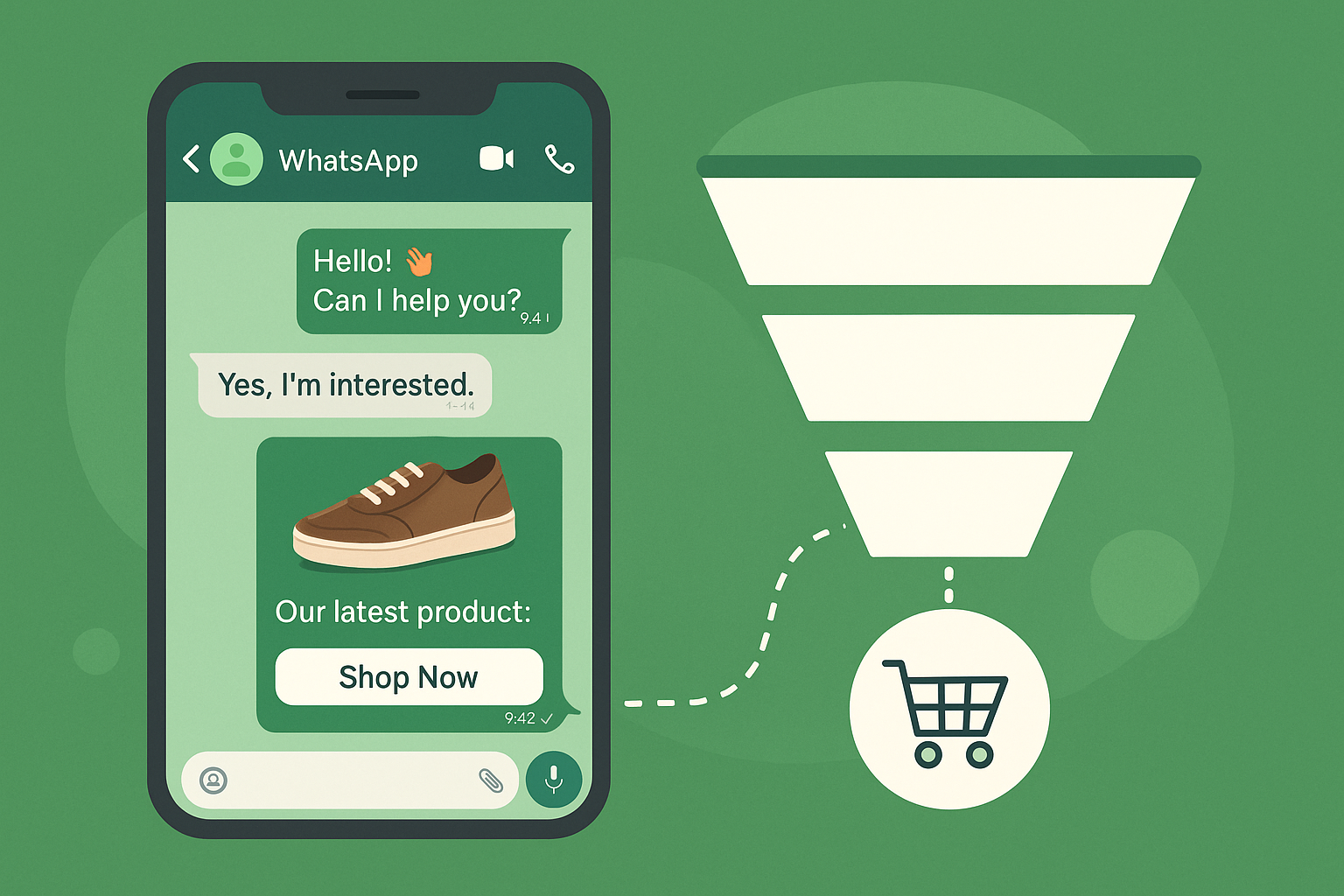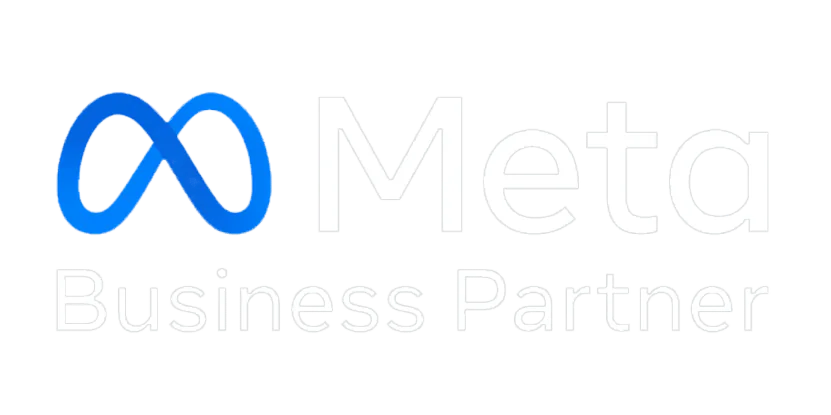From Chat to Checkout: WhatsApp Marketing Funnels for D2C Brands

Introduction In 2025, WhatsApp is no longer just a messaging app—it’s becoming a powerful commerce engine. For D2C brands, the real magic lies in turning chats into conversions. Imagine a potential customer clicks “Chat with us,” immediately engages in conversation, and completes the purchase—all without ever leaving WhatsApp. That’s the essence of a well-built WhatsApp marketing funnel. In this blog, we’ll walk you through how D2C brands can structure, optimize, and scale a WhatsApp funnel—from discovery to retention. We’ll cover strategies, tools, real‑world tips, and pitfalls to avoid. 1. Why WhatsApp Funnels Are Ideal for D2C Brands 2. The WhatsApp Funnel Stages (Chat → Checkout Pathway) Here’s a breakdown of key funnel stages in WhatsApp marketing for D2C brands: Stage Purpose Key Tactics 1. Entry / Discovery Get people to initiate chat Click‑to‑WhatsApp ads, website CTA, QR codes, “Chat now” buttons 2. Qualification & Engagement Understand user needs, segment them Automated flows, quick replies, menus, prompting questions 3. Product Showcase & Offer Present product(s) & value Catalogs, carousels, images + brief descriptions, personalized offers 4. Checkout & Payment Facilitate the actual purchase In‑chat payment links, UPI, card integrations, redirecting strategically 5. Post‑Purchase & Retention Nurture for loyalty & repeat Order updates, feedback, cross-sell, drip flows, reactivation nudges Let’s go deeper into each. 2.1 Entry / Discovery 2.2 Qualification & Engagement Once a user messages, an automated flow or chatbot should: This step helps you segment the user (e.g. new vs returning, product interest) and provide tailored messaging downstream. 2.3 Product Showcase & Offer Because the user is already engaged, they’re more likely to act on offers within the same flow. 2.4 Checkout & Payment This is the pivotal moment: The goal: minimize friction and avoid forcing the user to leave the chat unless absolutely necessary. 2.5 Post-Purchase & Retention Even after conversion, the funnel continues: This helps convert one-time buyers into repeat customers. 3. Common Mistakes & How to Avoid Them Conclusion WhatsApp funnels are redefining how D2C brands convert and retain customers. The advantage? You meet your audience where they already are—chat—and carry them gently toward purchase, all within a single app. To build your funnel: If you blend smart tech, human touch, and data-driven iteration, you’ll convert more chats into checkouts—and build loyalty along the way. FAQs Q: What is a WhatsApp marketing funnel for D2C brands? A: It’s a structured chat-based path—from first message to purchase—designed to engage, convert, and retain customers within WhatsApp. Q: Can a D2C brand sell directly in WhatsApp? A: Yes, using the WhatsApp Business API + catalog/payment integrations, brands can let users browse and pay without leaving chat. Q: What tools should D2C brands use for WhatsApp funnels? A: Choose a BSP (e.g., AiSensy, Kommunicate, Zoko) that supports automation, CRM integration, templates, analytics, and fallback options. Q: How often can you message customers on WhatsApp? A: Be cautious. Stick to 1–2 promotional sends per week unless they re-engage. Use templated messages and respect WhatsApp’s 24‑hour window rules. Q: How do you measure ROI in WhatsApp funnels? A: Track metrics like delivery rate, open rate, click-through rate, conversion rate, opt‑outs, and cost per conversion. Compare revenue generated vs messaging and tool costs.













